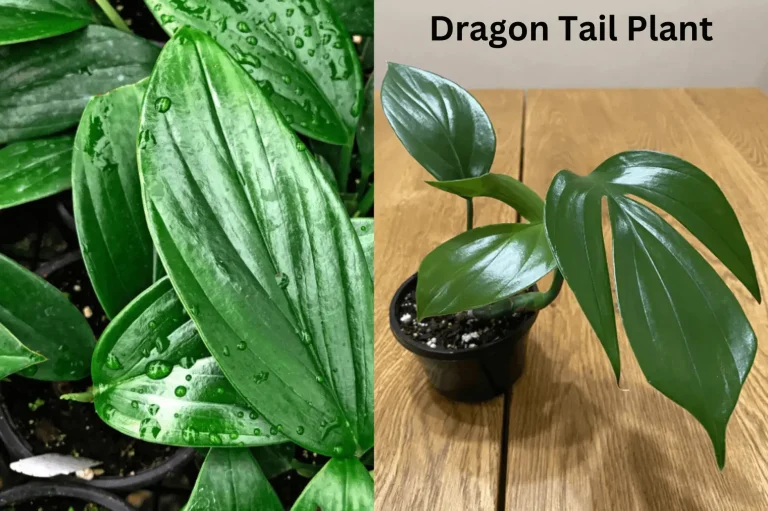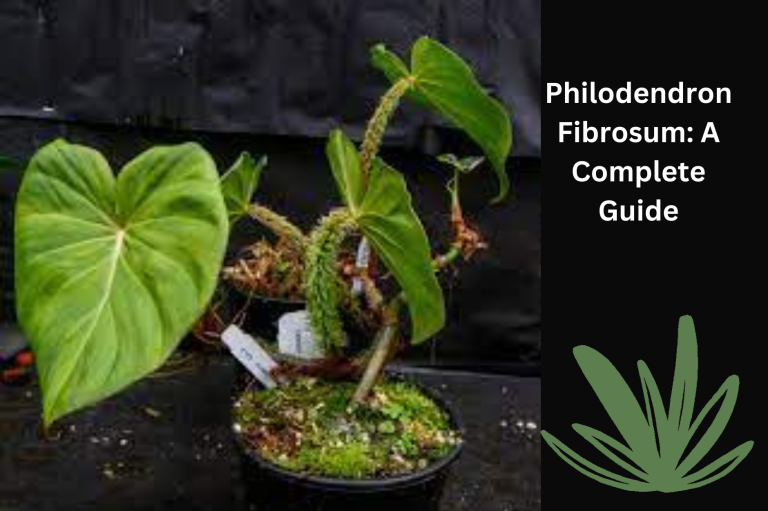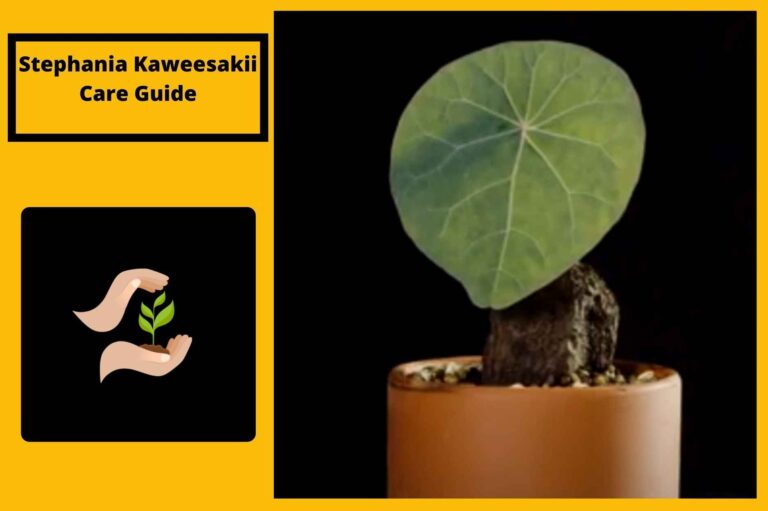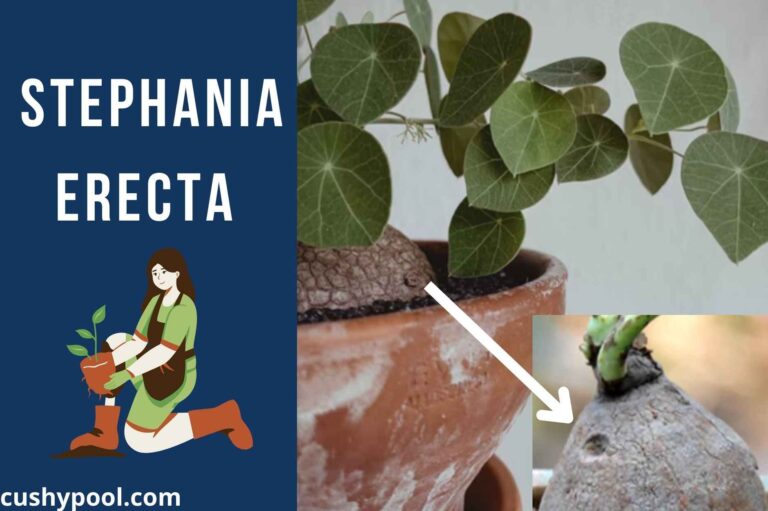Pink Panther Plant: Unique and Eye-catching Flower for Garden
The pink panther plant, also known as the pink quill plant, is a unique and eye-catching flower that is perfect for adding a pop of color to your garden. This tropical plant is native to South America and is known for its bright pink and purple flowers that resemble feathers. In this article, we will discuss the characteristics, care, and uses of the pink panther plant.
Characteristics of the Pink Panther Plant:
- The panther plant is a member of the bromeliad family, which is a group of plants that are native to tropical regions of the Americas.
- The plant has long, green, and stiff leaves that grow out of the center of the plant.
- The plant produces a tall spike of bright pink and purple flowers that resemble feathers.
- The plant can grow up to 24 inches tall and 12 inches wide.
Care of the Pink Panther Plant:
- Like Philodendron fibrosum, the pink panther prefers bright, indirect sunlight and high humidity.
- Water the plant regularly, and make sure the center of the plant (the “cup”) is always filled with water.
- The panther plant does not require fertilization, but you can add a weak solution of fertilizer to the water in the cup.
- These plants are not frost tolerant and it’s better to keep them indoor or in a greenhouse in cold climates.
How to propagate Callisia repens ?
Callisia repens ‘Pink Panther’ is a popular houseplant that can be propagated by taking stem or leaf cuttings. Here is a step-by-step guide on how to propagate Callisia repens :
- Choose a stem or leaf with a few nodes (the point where leaves are attached to the stem). Make sure that the stem or leaf is healthy and free of pests or diseases.
- Using a sharp, clean pair of scissors or a razor blade, make a cutting just below a node. Make sure that the cutting has at least one node.
- Remove the leaves from the lower half of the cutting, leaving just a few leaves at the top. This will help prevent the cutting from losing too much moisture.
- Dip the cutting into rooting hormone powder to help encourage root growth.
- Insert the cutting into a well-draining potting mix. Make sure that the node is in contact with the soil.
- Water the cutting well and cover the pot with a plastic bag to create a mini greenhouse.
- Place the pot in a warm, bright location, but out of direct sunlight. Keep the soil consistently moist but not waterlogged.
- After a few weeks, roots should begin to form. Once roots are established, you can remove the plastic bag and begin to care for the cutting as you would a mature plant.
It’s important to note that the success of propagation depends on the conditions and the health of the parent plant.
Uses of the Pink Panther Plant:
- As a Houseplant: The plant is a popular houseplant because of its unique and eye-catching flowers. It’s perfect for adding a pop of color to any room.
- In a Terrarium: This is also a great addition to a terrarium because of its love for high humidity and indirect sunlight.
- In a Garden: It can be used in a garden as a ground cover or as a border plant.
Common Varieties Panther Plant
| Variety | Description |
|---|---|
| Neoregelia ‘Pink Panther’ | A variety that has green leaves with a pink and purple center. The flowers are pink and purple |
| Neoregelia ‘Fireball’ | A variety that has green leaves with a red and orange center. The flowers are red and orange |
| Neoregelia ‘Flaming Torch’ | A variety that has green leaves with a red and orange center. The flowers are red and orange |
Frequently Asked Questions:
Q: How do I propagate the plant?
A: This can be propagated by removing offsets from the base of the plant and planting them in their own pot.
Q: How often do I need to water the plant?
A: The plant should be watered regularly, and the center of the plant should always be filled with water. However, do not over-water the plant as it may cause root rot.
Q: Is this plant toxic to pets?
A: This is not toxic to pets. However, it’s best to keep it out of reach of pets, as they may chew on the leaves.
Conclusion:
The pink panther plant, also known as the pink quill plant, is a unique and eye-catching flower that is perfect for adding a pop of color to your garden. It’s a tropical plant that is native to South America and is known for its bright pink and purple flowers that resemble feathers.





